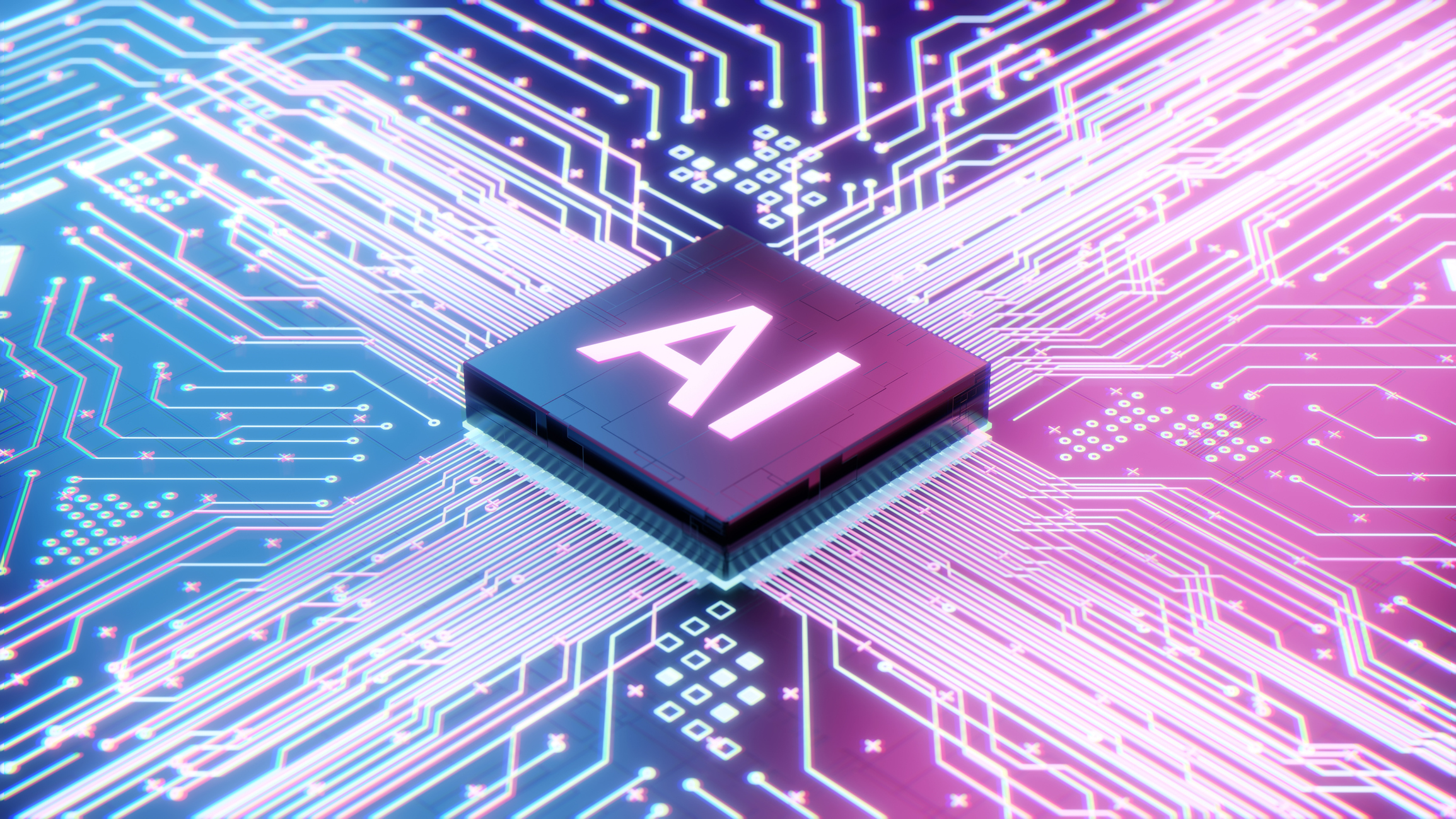Building a lean business with AI: 3 ways to transform your company
02 Jan 2023
Will AI render many jobs obsolete, or is smart technology ushering in a new age of digital work?
Artificial intelligence (AI) allows greater connectivity between people, information, and machines, improving how manufacturers optimize products and processes. Just as manufacturers have benefited from Lean Management principles, AI promises to be the next evolutionary step in productivity advancement in the workplace more generally. Instead of simply replacing workers with machines and software, companies need to upgrade their existing workforces to perform new digital tasks, in effect transforming them into higher value, higher performance workforces.
So, how can you use AI in your organization to make your processes more efficient and boost your bottom line? Start by understanding what AI is and how it can make a real impact on your business.
AI in a nutshell
AI is a technology that attempts to mimic human-like reasoning and decision-making capabilities. It takes information from a variety of sources — for example, websites, images, audio, and so on —and attempts to identify and interpret it. Artificial intelligence is different from machine learning because it tries to emulate how the human brain operates. Machine learning, on the other hand, is about using a technology to analyze and understand complex data, so that it can make predictions and improve over time.

Where is AI now?
AI enables organizations to improve their customer service, sales, and logistics, while reducing costs. Grand View Research valued the AI market size at US$62 billion globally in 2020, and forecasts it will boom at a CAGR (compound annual growth rate) of 40.2% from 2021 to 2028. Meanwhile, in a McKinsey survey in 2020, over 50% of respondents said their company had deployed AI for at least one business function, with “operations, product or service development, and marketing and sales” leading the list of deployment areas. This shows we are at the nascent stage of implementation and that a significant cohort of companies is leading the way across regions and industries.
While the apocalyptic predictions of waves of worker redundancies prompted by AI have proven somewhat overblown, the emerging reality is nuanced. The bottom line is that AI has created an opportunity to convert a labor-intensive workforce into a highly skilled one that can fill many new digital functions. However, experts predict that there will be a significant shortage of workers with the right skills in the mid-term.
AI can handle mundane and repetitive tasks across the organization, freeing up people in HR, IT, marketing and more to be create, solve complex problems, and otherwise focus on getting impactful work done.
Why use AI?
AI can handle mundane and repetitive tasks across the organization, freeing up people in HR, IT, marketing and more to be creative, solve complex problems, and otherwise focus on getting impactful work done. In other words, AI allows today’s knowledge-industry workers to focus on the most engaging parts of their jobs, while making their companies more productive and effective.
Reduce waste
One reason companies are looking at AI is to help automate processes in order to reduce costs. One example is the Opta Sports, which operates an app that helps soccer fans keep track of game stats, predictions, and more. The app is largely powered by AI, but the company's primary goal is to help fans follow and attend the sport in the most cost-effective way possible. AI can enhance your marketing efforts by assisting with identifying ideal customers, understanding the company's existing customer base, and recommending content and campaigns that will resonate with existing customers. Therefore, companies that use AI for their marketing efforts can expect fewer poorly performing marketing campaigns.
Improve quality
Quality is another area in which AI is making an impact. Rather than squander countless man hours (or entire departments) on data collection and analyzing, AI can generate immediate and meaningful information to inform decisions, meaning you can improve your workflow and make faster, better-informed decisions in less time. For instance, Autodesk recently partnered with IBM to test an AI-powered platform that learns users’ preferences and avoids recommending repetitive designs or items that a customer might find dull. Another area in which AI will change the way you work is in the form of crowd sourcing. No, it's not the same as asking your coworkers for their opinions. Instead, you let an AI engine do it for you.
The capability of AI to automate manual functions is what enables businesses to increase workforce effectiveness and streamline product development, production, and distribution. With the AI revolution, companies will have access to the right information at the right time, allowing them to deliver personalized products that users prefer and recommend to others. But AI isn't simply replacing humans with robots, it's enabling workers to do what they're better at - creatively solving complex problems.
Keep employees engaged
It’s a war for talent out there. Therefore, retaining effective employees is paramount, and the main way of doing this is ensuring a high level of employee engagement. Engaged employees stick around and are comparatively more productive and less costly than hiring and onboarding new talent. However, a global Gallup survey of 112,312 business units in 2020 found that only 20% of workers are engaged at work.
Gallup reports that the fastest way for your employees to feel more engaged at work is to create a culture that encourages collaboration and encourages your employees to share information. In short, getting your employees to work on the highest-value parts of their jobs in the most interesting and impactful ways possible is key. AI technologies have the potential to make the use of humans redundant for many of the most highly manual, repetitive tasks. Likewise, AI systems can replace many of the inefficient and costly paperwork processes that have traditionally been performed by human personnel.
The way forward
Though we are just at the beginning of AI transformation, the lessons learned so far are useful guides for any business embracing this exciting technology. They are:
- Follow an holistic approach to AI implementation that balances low hanging fruit and longer-term changes to work processes;
- Rather than perceive AI as a strategic objective, view it as a tool;
- Make tech skills a higher priority by training existing staff and hiring new workers with the required knowledge;
- There will inevitably be some implementation failures - but successful companies will persevere; and
- Thoroughly examine the risks associated with implementing AI and take the necessary actions to mitigate those risks.
Final thoughts
AI has arrived in the workplace — or at least, it's well on the way. While new ground is being broken all the time, tried-and-tested best practices have emerged that will prove valuable for any organization looking to implement AI solutions to its challenges.

